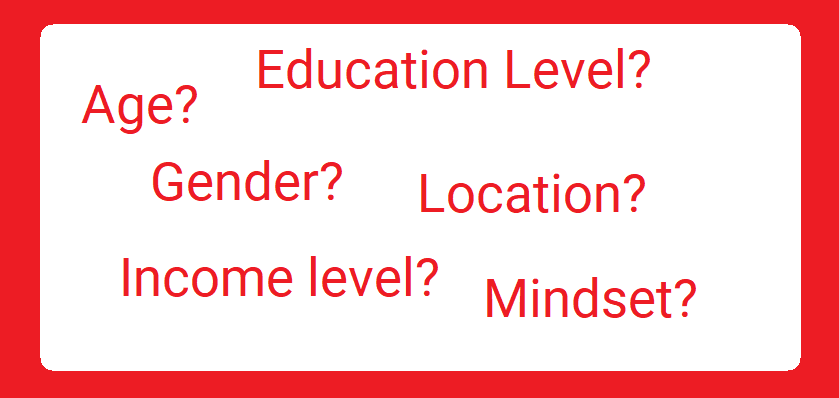Freelancing is rapidly becoming a preferred career choice for many, thanks to the flexibility and potential for higher earnings it offers. Whether you’re considering freelancing as a side gig or a full-time job, this guide will provide you with a step-by-step process to successfully launch your freelancing career.
Table of Contents
- Understanding the Freelance Landscape
- Establishing Your Business Goals
- Identifying Your Freelance Niche
- Deciding Your Service Offerings
- Identifying Your Target Clients
- Creating an Impressive Portfolio
- Networking and Building Relationships
- Pitching to Potential Clients
- Setting Your Pricing
- Promoting Yourself
Understanding the Freelance Landscape
Before embarking on your freelance journey, it’s crucial to understand the landscape. Around 80% of the traditional workforce in the U.S. is open to doing additional freelance work alongside their full-time jobs. This shift towards the gig economy is not just noticeable in the U.S., but globally. Understanding this trend can help you see the potential and opportunities for growth in freelancing.

Establishing Your Business Goals
To start freelancing, you need to define your business goals. Ask yourself if freelancing is just a side gig, or if you plan to expand it to a full-time business. Your answer will determine your next steps. You’ll either aim to balance your full-time and freelance work or work your way out of your current job to pursue a full-time freelance career.
Consider questions such as:
- What niche will you specialize in?
- What services will you offer?
- What amount do you want to be earning monthly to decide to quit your full-time job (if applicable)?
These questions and goals will guide you as you start your freelancing career.
Identifying Your Freelance Niche
Identifying your specific area of focus is crucial. If you’re a content writer, graphic designer, developer, or anything in between, specializing in a particular area will make you more attractive to potential clients. Picking a niche and sticking to it will build your experience, skills, and reputation in that specific line of work, increasing your likelihood of getting hired.
For instance, if you’re a content writer, don’t aim to write about any topic. Instead, pick a niche like cryptocurrency or technology. This specificity will inspire more confidence in your clients, who’ll always be looking for specific, not general, content.
If you’re a graphic designer, consider your level of experience, your current pool of connections, and your natural inclinations to a particular design niche. Then, focus on delivering specific design work like interface design for apps, creating new custom logos, devising layouts for books, or any other specific design work.
Deciding Your Service Offerings
One major decision you need to make is deciding what services you do and do not offer. Being specific will help you brand yourself and control how prospective clients perceive you. It will also allow you to continue building your portfolio in the direction you want to move in. If you want to focus on becoming a sought-after, highly paid freelancer, you should maintain a clear definition of your service offerings.
Identifying Your Target Clients
Just like you shouldn’t aim to cover every niche in your industry, you shouldn’t aim to cater to the needs of the entire industry’s market. Instead, you should target one or two types of clients specifically. Consider the age, location, education level, income, and gender of your desired clients. Asking yourself these questions will help you identify and target your ideal clients effectively.

Creating an Impressive Portfolio
Having a portfolio is an essential part of any freelancer’s success. Your portfolio should showcase your work samples, highlight your achievements, and build trust with potential clients. Include examples of past projects or work you have completed. Show off awards or certifications that prove your expertise in the field. If possible, also include quotes from satisfied customers who were pleased with the results of their project with you. This will show potential clients that others have been happy with your services before them and encourage them to hire you for their own project needs.
Networking and Building Relationships
Networking is a critical part of freelancing, especially for those starting. It’s a great way to get your name out there and find potential clients. Attend events and conferences related to your industry or niche area of expertise. Join professional organizations and associations related to your field of work or interests to connect with more potential clients. Social media is another excellent tool for networking with others in your field and building relationships within the freelance community.
Pitching to Potential Clients
Reaching out to potential clients directly is a great way to find new business opportunities and grow your freelance career. Identify companies that could benefit from your services or expertise, craft an engaging pitch email highlighting what you can offer them, and follow up after sending out pitches. Personalize your pitch emails to stand out from other generic messages they may receive from other applicants. Include information about how your skills and experience make you uniquely qualified for the project they’re working on.
Setting Your Pricing
While deciding how much to charge for your freelance services is a major step toward determining your perceived value, you need to make sure you’re charging enough to make a sustainable, comfortable living. Consider the actual value you’d be creating for your potential clients and make sure you’re not leaving money on the table. You can always increase your rates in the future.
Promoting Yourself
To increase your online visibility, consider guest posting on blogs and publications where your potential customers spend the most time. Having content published on these platforms can drive hundreds or even thousands of new visitors to your website. Also, consider blogging frequently on your website to attract and convert new clients.
Freelancing can be an exciting and rewarding career. By following these steps, you’re well on your way to kicking off your freelance career and enjoying the flexibility and potential income it offers.

